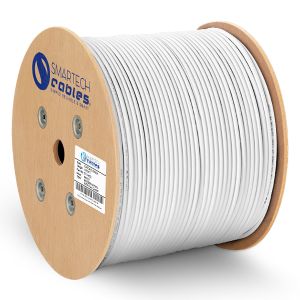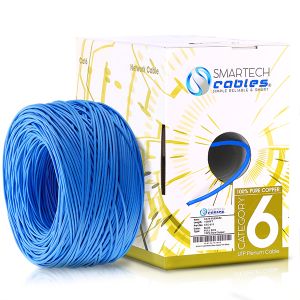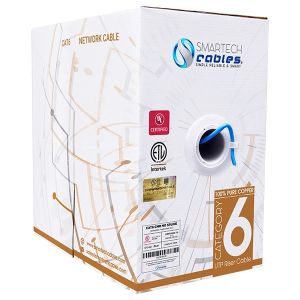10BASE-T to 400GBASE-T: The Evolution of Ethernet
10BASE-T to 400GBASE-T: The Evolution of Ethernet
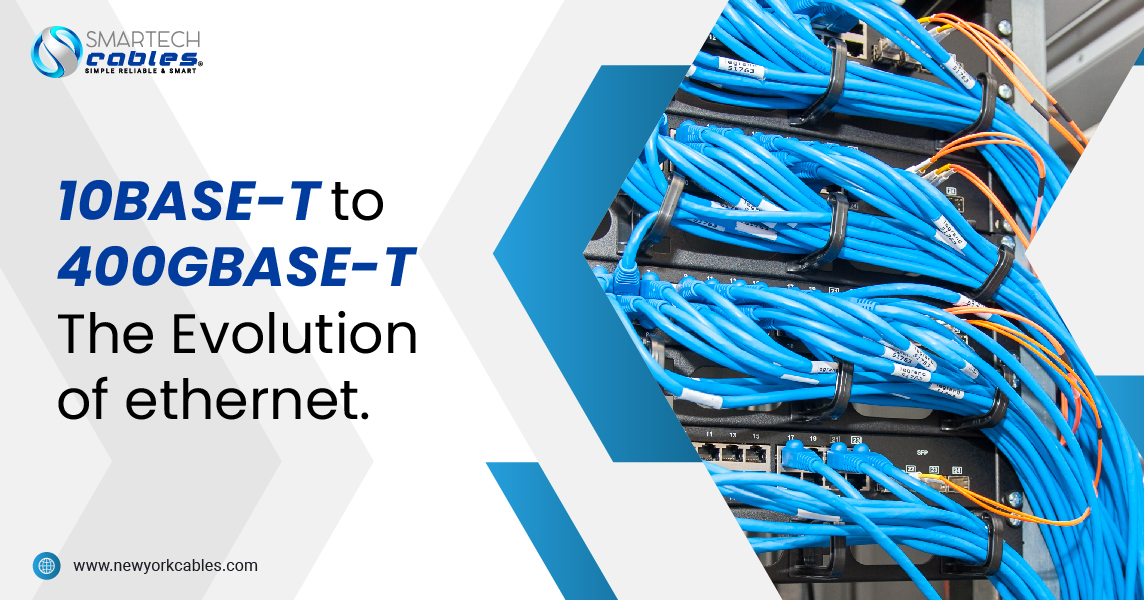
Ethernet has revolutionized networking since its inception. It has evolved from 10 Mbps speeds to modern 400 Gbps solutions. Each iteration has improved speed, efficiency, and reliability. This article explores Ethernet's evolution from 10BASE-T to 400GBASE-T.
The Birth of Ethernet
Ethernet emerged in the 1970s. Xerox developed the first system. It provided local network connectivity at 2.94 Mbps. The IEEE standardized it as IEEE 802.3 in 1983. Initially, it used coaxial cables for data transmission. The first networks were relatively slow but provided the foundation for modern networking.
Over time, this revolutionary tech became the standard for local area networks (LANs), paving the way for future advancements.
10BASE-T: The First Twisted-Pair Ethernet (1990)
10BASE-T introduced twisted-pair cabling. It replaced coaxial cables used in earlier Ethernet versions. This technology supports speeds of 10 Mbps. It used Cat3 cables and connected devices through hubs. CSMA/CD (Carrier Sense Multiple Access with Collision Detection) handled data collisions. 10BASE-T became the standard for office networks.
Hubs created a shared bandwidth environment, which often led to network congestion. The introduction of switches later improved network efficiency. Despite its limitations, 10BASE-T played a crucial role in making it more accessible and affordable.
100BASE-T: Fast Ethernet (1995)
Fast Ethernet boosted speeds to 100 Mbps. It required Cat5 cables to handle increased bandwidth. Networks used switches instead of hubs for better performance. 100BASE-T introduced full-duplex communication. It eliminated collisions, improving data transfer efficiency.
The demand for higher speeds grew as internet usage expanded. Streaming media and online gaming required faster data transfer rates. Businesses adopted Fast Ethernet for reliable connectivity and improved productivity. The transition from shared bandwidth to switched networks significantly enhanced performance.
Guaranteed Best Price !
1000BASE-T: Gigabit Ethernet (1999)
Gigabit Ethernet increased speeds to 1 Gbps. It worked with Cat5e cables and later Cat6 for better reliability. Full-duplex communication became standard. Businesses adopted Gigabit Ethernet for faster local area networks (LANs). It supported high-bandwidth applications like video conferencing and data transfers.
Gigabit Ethernet became the foundation for enterprise networks. It enabled seamless cloud computing, high-definition video streaming, and large-scale data transfers. The technology also enhanced server connectivity, making it indispensable for data centers.
10GBASE-T: The 10 Gigabit Revolution (2006)
10GBASE-T brought 10 Gbps speeds. It required Cat6a Cables or higher to reduce interference. Data centers and enterprises used 10GBASE-T for fast, high-volume data transfers. It offered backward compatibility with older versions. Power consumption was a challenge in early implementations.
The rise of virtualization and cloud computing increased the need for 10 Gigabit. It facilitated faster data processing and reduced network bottlenecks. Organizations upgraded to 10GBASE-T to support modern workloads and improve overall efficiency.
40GBASE-T: High-Speed Data Center Connectivity (2016)
40GBASE-T delivered 40 Gbps speeds. It used Cat8 cables and operated over short distances. Data centers benefited from improved bandwidth for cloud computing and virtualization. It replaced fiber optics in some short-range applications. However, high costs and power consumption limited its adoption.
Data centers relied on 40GBASE-T for high-speed server interconnects. This technology enhanced network scalability and performance. It also played a crucial role in handling big data and real-time analytics applications.
100GBASE-T: Emerging Ultra-Fast Ethernet
100GBASE-T aims to deliver 100 Gbps over copper cables. It remains under development with significant research efforts. Data centers and AI-driven computing demand higher bandwidth, making 100GBASE-T crucial. Advancements in encoding and signal processing will make this technology viable.
The push for automation and AI-driven workloads accelerates the need for 100G. High-frequency trading, advanced machine learning models, and virtual reality require ultra-fast networks. Researchers continue to refine 100GBASE-T to meet future networking demands.
400GBASE-T: The Future of Ethernet
400GBASE-T will redefine networking with 400 Gbps speeds. It will cater to hyperscale data centers and high-performance computing. Engineers are developing better cabling solutions to minimize power consumption. Advanced signal processing techniques will ensure efficient data transmission. This technology will support next-generation applications like AI, IoT, and 8K video streaming.
Telecommunications companies and data centers will benefit the most from 400GBASE-T. The technology will enhance cloud services, large-scale AI training, and IoT connectivity. Despite current challenges, continuous advancements will make 400GBASE-T a mainstream solution in the coming years.
The Role of Ethernet in Modern Networking
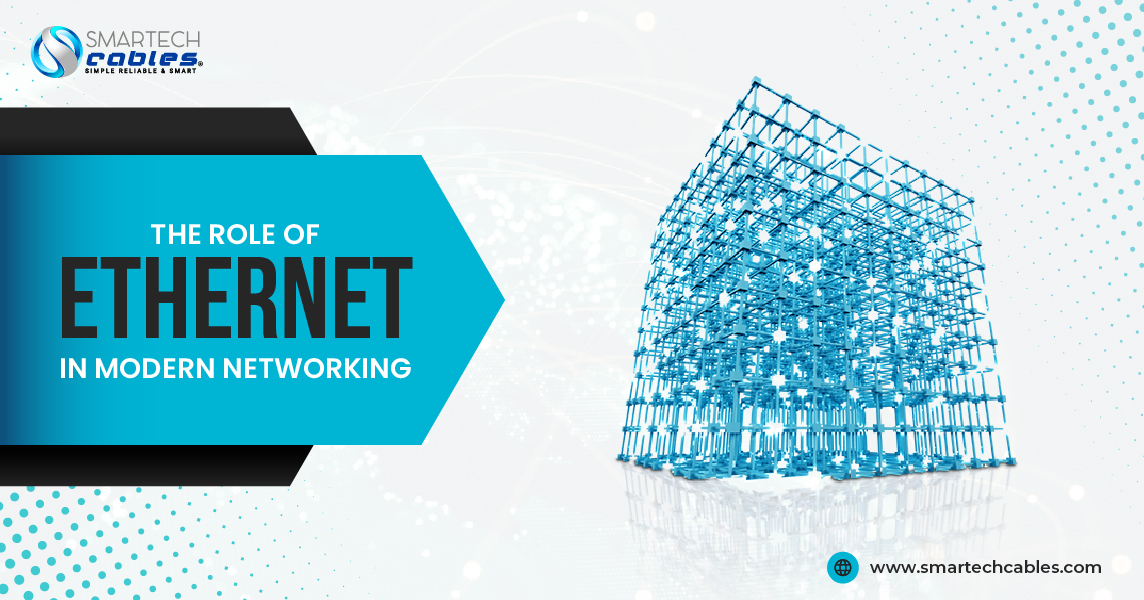
Ethernet continues to dominate networking. It supports businesses, data centers, and home networks. New advancements ensure seamless connectivity and fast data transfer. Companies rely on it for cloud computing, AI, and big data analytics.
The transition to software-defined networking (SDN) and edge computing highlights it’s significance. Ethernet's adaptability makes it essential for emerging technologies. It provides a stable foundation for smart cities, autonomous vehicles, and industrial automation.
Ethernet vs. Fiber Optic Networks
Fiber optic networks offer faster speeds and lower latency. However, Ethernet remains more cost-effective and easier to deploy. Copper-based Ethernet solutions provide flexibility and backward compatibility. Businesses choose it for its affordability and widespread adoption.
Fiber optics dominate long-distance connectivity. Meanwhile, Ethernet excels in LAN and data center environments. The combination of both technologies ensures efficient and scalable networking solutions.
The Future of Ethernet Technology
Ethernet will continue evolving to meet rising bandwidth demands. Researchers focus on energy-efficient solutions to reduce power consumption. Future standards will emphasize sustainability and cost-effectiveness.
Wireless technology and 5G networks challenge its dominance. However, its reliability ensures its relevance in critical applications. The networking industry anticipates further breakthroughs in speeds and efficiency.
Conclusion
Ethernet has evolved from 10 Mbps to 400 Gbps. Each upgrade improved speed, reliability, and efficiency. Future developments will shape networking and support growing data demands. Ethernet remains the backbone of global digital infrastructure. As networking requirements grow, it will continue to adapt and innovate.

